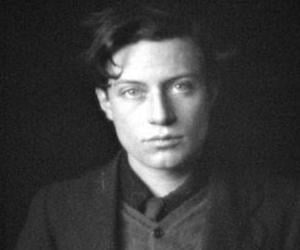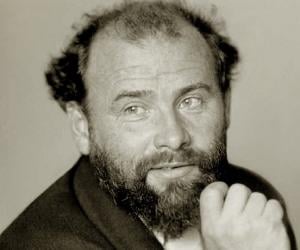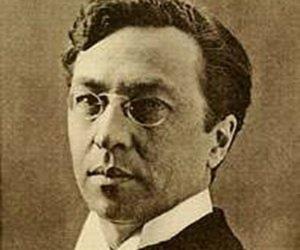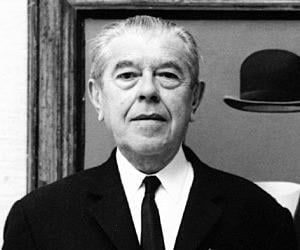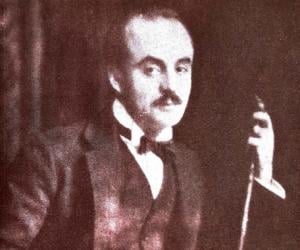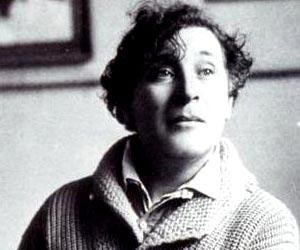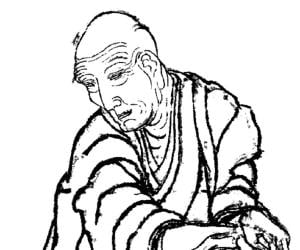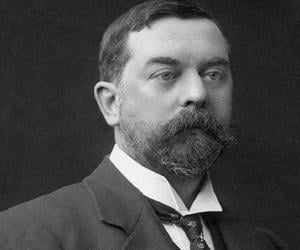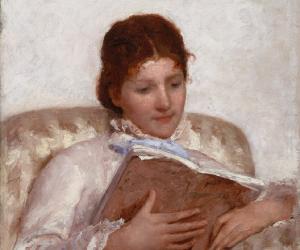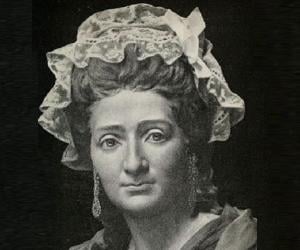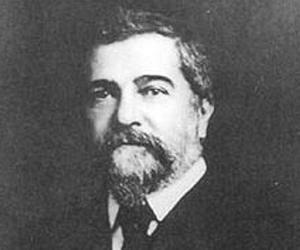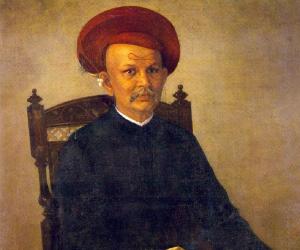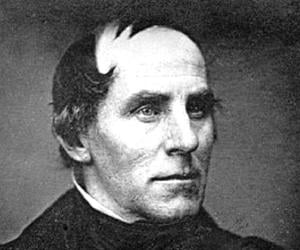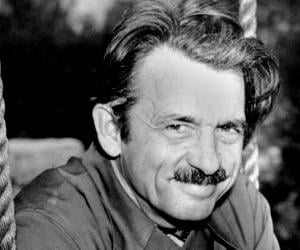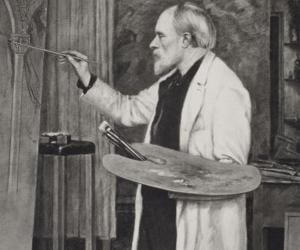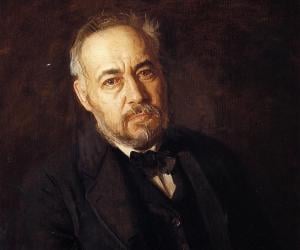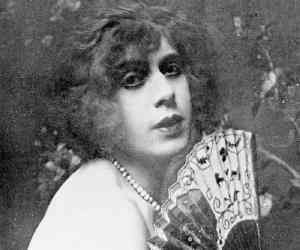Austrian symbolist painter, Gustav Klimt, was one of the most prominent members of the Vienna Secession movement. His primary subject was the female body, and he produced numerous paintings, murals, sketches, and other art objects. He was known for his deliberate painting style. He successfully avoided personal scandal despite having an active sex life.
Lebanese author and poet Khalil Gibran is best remembered for his bestselling works The Prophet and Broken Wings. One of the leaders of the Mahjar movement of Arabic literature, he specialized in incorporating mythological and mystical symbols in his works and was inspired by Friedrich Nietzsche and William Blake.
Russian-French artist Marc Chagall, a key figure of modernism, had explored a wide range of media as an artist, from paintings and drawings to stained glass and ceramics. His major projects included the ceiling of the Paris Opéra, the Art Institute of Chicago, and the Jerusalem Windows of Israel.
Katsushika Hokusai was a Japanese printmaker, ukiyo-e painter, and artist of the Edo period. He is best known as the creator of the monumental Thirty-six Views of Mount Fuji, a series of landscape prints, which includes the iconic print, The Great Wave off Kanagawa. He is credited with transforming the ukiyo-e art form to include a much broader style of art.

John Singer Sargent, an artist active in the late 19th and early 20th centuries, was considered the "leading portrait painter of his generation." Prolific in his output, he created more than 2,000 watercolors and around 900 oil paintings. He also made numerous sketches and charcoal drawings. He painted with remarkable technical acumen and was internationally known for his expertise.
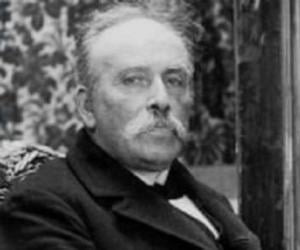
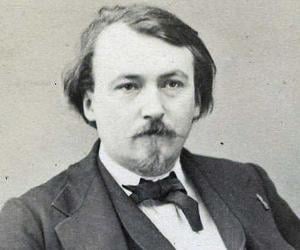
Best known for his wood-engraving, Gustave Doré was a child prodigy who began his artwork at the tender age of 5. A master lithographer and caricaturist, he began his career with Journal pour Rire. He also worked on commissions from authors such as Cervantes, Milton, and Dante.
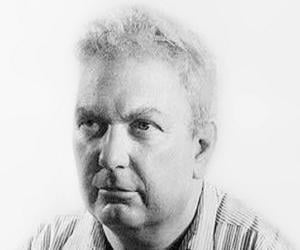
Alexander Calder was an American sculptor best remembered for his innovative kinetic sculptures designed to use either motor, air currents, or other forces of nature. A multi-talented personality, Calder was also known for his paintings, miniatures, prints, jewelry design, theater set design, political posters, and tapestries and rugs. In 1977, he was honored with the prestigious Presidential Medal of Freedom.
Marie Tussaud was a French artist and sculptor best remembered for her wax sculptures. She founded Madame Tussauds, a wax museum, in London in 1835. The museum is a major tourist attraction today. As a young girl, she learned wax modeling from doctor cum wax modeler Philippe Curtius. In the ensuing years, she became a prominent sculptor.
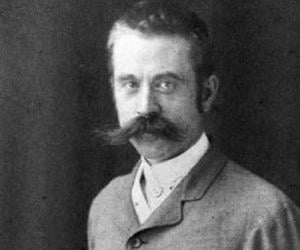
Stanford White was an American architect who designed several important monuments including the Washington Square Arch. He also helped construct Nikola Tesla's Wardenclyffe Tower, which happens to be his last design. Although White was an influential and prominent designer of his time, he is best remembered for his illicit relationship with Evelyn Nesbit which has inspired several works of art.
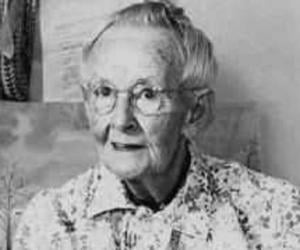
Anna Mary Robertson, better known as Grandma Moses, revolutionized American folk art with her iconic depictions of American rural life. After spending 15 years of her life working as a housekeeper, she deviated toward embroidery. A bout of arthritis made her switch to painting in her late 70s.
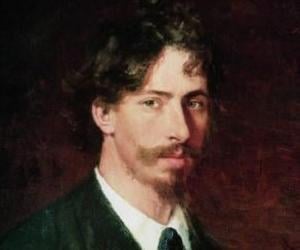
Born amid poverty in Ukraine, Ilya Repin earned himself an art scholarship and later devoted his life to historical painting. A major figure of the realist movement in painting, he had also been the subject of controversies, such as the withdrawal of his painting of Ivan the Terrible murdering his own son.
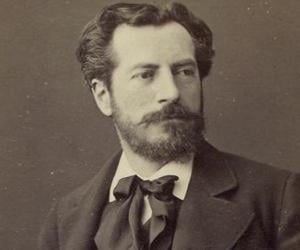
Frédéric Auguste Bartholdi was a French painter and sculptor remembered for designing the Statue of Liberty. He is also credited with designing other iconic statues like The Lion of Belfort and Marquis de Lafayette. In addition to being a sculptor, Bartholdi also played an important role in the Franco-Prussian War of 1870, serving as a liaison officer to Giuseppe Garibaldi.
One of the greatest Indian painters of all time, Raja Ravi Varma is best remembered for mixing Indian mythological subjects with the Western historicist style of art. His painting skills made the king of Travancore his patron at 14. His best-known works include The Milkmaid and The Begum’s Bath.
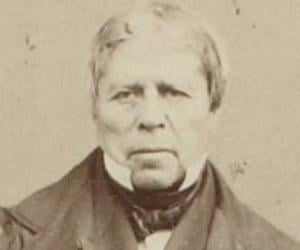
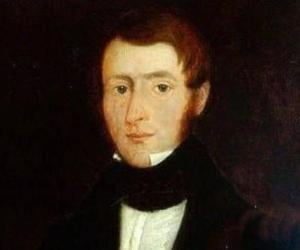
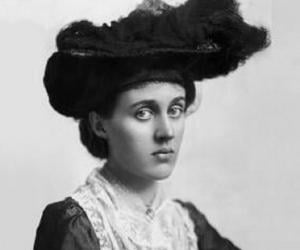
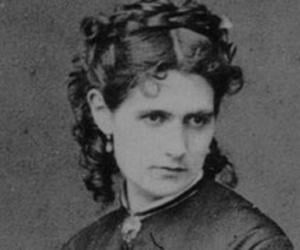
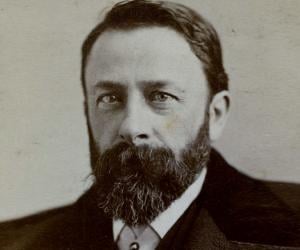
Landscape painter Albert Bierstadt immortalized the natural attractions of the American West, such as the Rocky Mountains, in his works. One of the finest painters of the Hudson River school, he specialized in paintings that showcased bright lighting, or luminism, and created over 500 paintings throughout his career.
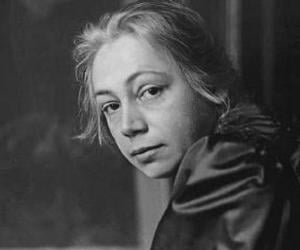
Noted for series like Weavers’ Revolt and Peasants’ War, sculptor and graphic artist, Käthe Kollwitz, came in contact with the urban poor when she moved into Berlin's working class area. Touched by their plight, she soon started portraying them through her etchings, lithographs, woodcuts, and drawings, quickly becoming a powerful advocate for those suffering from social injustice, war, and inhumanity.
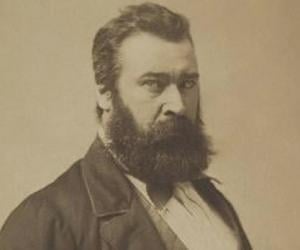
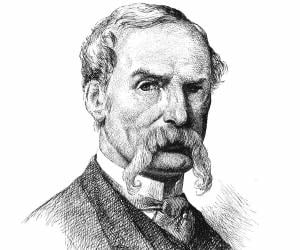
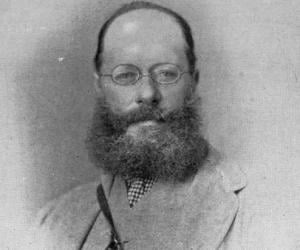
Renowned for his absurdism and wit, Edward Lear was a British poet who popularized literary nonsense. A talented painter, too, he had worked for the London Zoo, illustrating birds, and had later released illustrated travel books. A pioneer of the modern limerick, he penned the iconic poem The Owl and the Pussycat.

Part of the Camden Town Group of painters, who showcased both Impressionist and Post-Impressionist art, German-born British painter Walter Sickert liked painting both people and scenes. His work Jack the Ripper's Bedroom gave rise to speculations that he could have been either the killer or his accomplice.
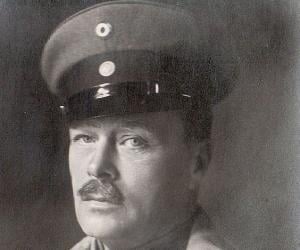
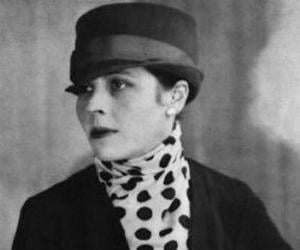
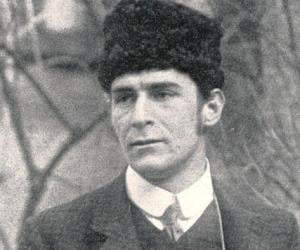
Best known as one of the founders of the German Expressionist group The Blue Rider, German painter Franz Marc mostly depicted animals through his works. The Tower of Blue Horses and Yellow Cow are two of his notable works. Children and the mentally disabled also appeared as his subjects.
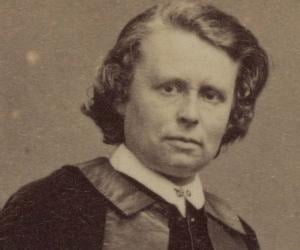
Rosa Bonheur was a French artist and sculptor whose paintings have been preserved in popular museums like the Metropolitan Museum of Art and the Musée d'Orsay. An influential personality, Bonheur was widely regarded as the 19th century's most popular female painter. An open lesbian, Rosa Bonheur stood out as a groundbreaking individual both in her personal life and her career.
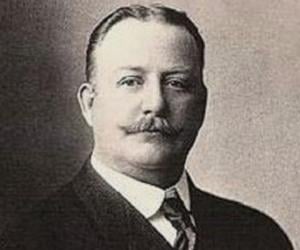
Frederic Remington was an American sculptor, painter, illustrator, and writer. Best remembered for his depictions of the Western United States, Remington is a member of several cowboy halls of fame, including the Texas Trail Hall of Fame. Frederic Remington was regarded as one of the most successful and popular Western illustrators during the late 19th century and early 20th century.

Swiss artist Henry Fuseli is remembered for the drama and sensuality showcased in his paintings. Though born to a landscape and portrait painter, he was initially taught theology. After leaving the country due to political risks, he made it to Britain and Italy. He later contributed to the Boydell Shakespeare Gallery.
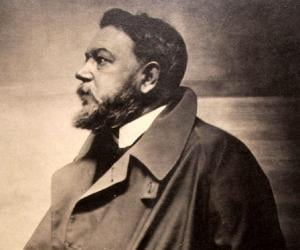
Born into poverty and orphaned at age 2, Impressionist painter Joaquín Sorolla later traveled to Rome to acquire training in painting. He began his career painting on themes of historical and social relevance and later also excelled in landscapes and portraits. Sad Inheritance remains one of his best works.
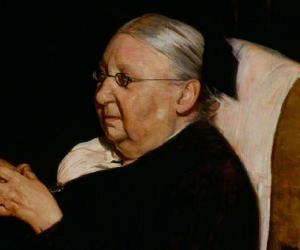
Landscape architect Gertrude Jekyll was born into an affluent family and grew up in a refined environment, learning music and traveling. Initially interested in painting, she gave it up to focus on gardening when she developed eyesight problems. She built around 400 gardens and also collaborated with Sir Edwin Lutyens.
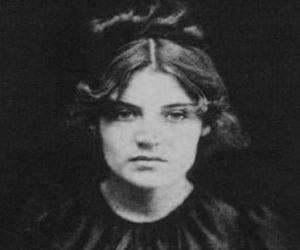
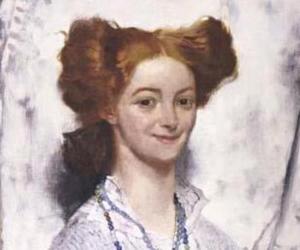
Immortalized in the Irish ballad Grace, Irish cartoonist Grace Gifford was a regular contributor to many reputed publications such as The Irish Review. She was part of the Republican movement and married her lover Joseph Plunkett just hours before he was killed by firing squad for his invoolvement in the Easter Rising.
Thomas Eakins was an American photographer, realist painter, fine arts educator, and sculptor. Often counted among the most prominent American artists of all time, Eakins painted several hundred portraits during his lifetime. As an educator, Thomas Eakins played an important role in influencing the American art during his generation.
Lawrence Alma-Tadema was a Dutch classical subject painter whose painting about luxury and decadence of the Roman Empire became very well known. Regarded a prominent Victorian painter, he was successful, admired, famous and highly paid during his lifetime. However, his popularity waned after his death and saw a resurgence only in the second half of the 20th century.
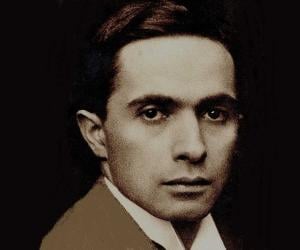
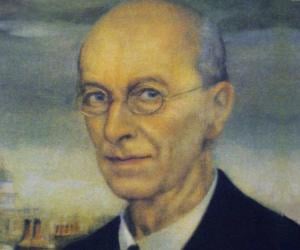
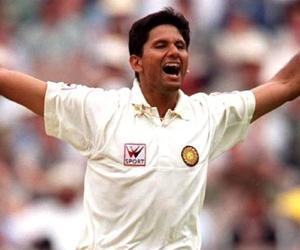
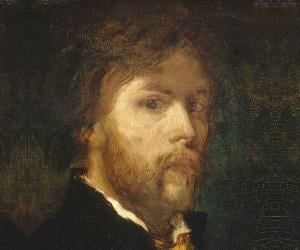
French Symbolist painter Gustave Moreau is best remembered for his erotic paintings of mythological and religious figures. His works were deeply influenced by Théodore Chassériau, his teacher, and later by the Italian Renaissance. The Apparition and Jupiter and Sémélé remain two of his best-known works.
